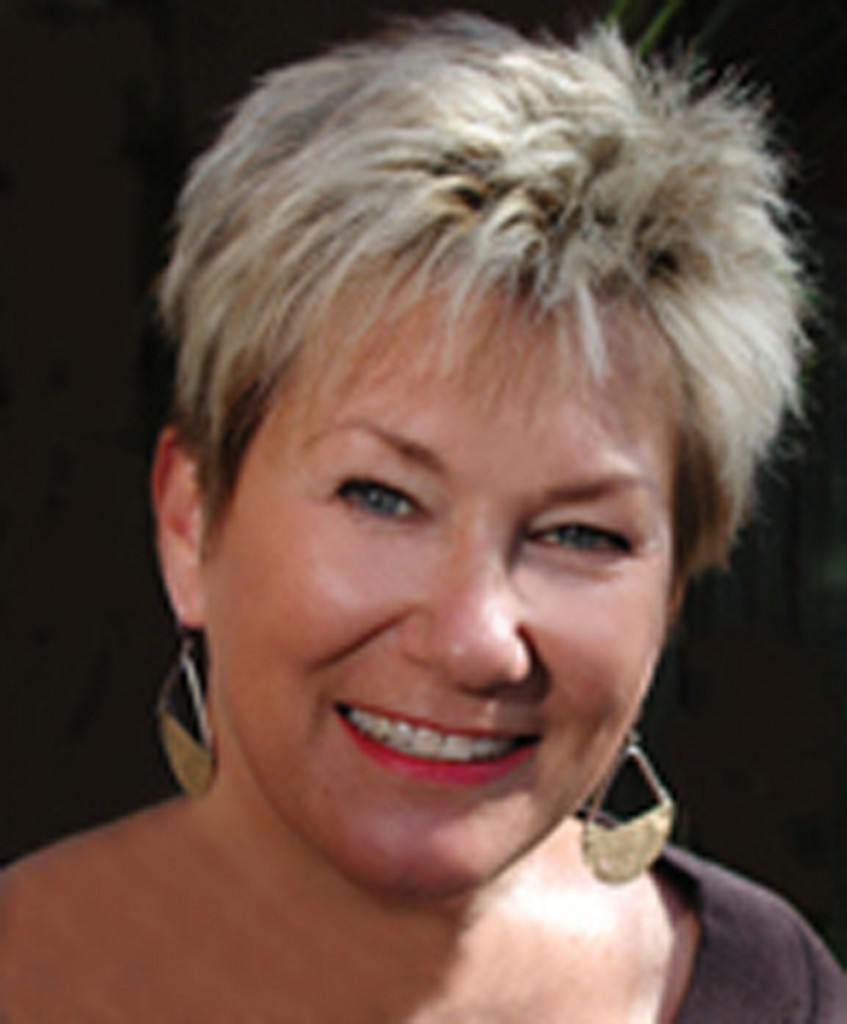Writer Wednesday: Nancy Klann-Moren
Today I’m happy to feature Nancy Klann Moren, author of The Clock of Life (which I’ll be reviewing later this summer). I love her point about writing by hand. I agree that it’s an important (but dying) art. Hope you enjoy!
* * *
cor·re·spond·ence [kawr-uh–spon-duhns, kor-] noun
1. communication by exchange of letters.
2. a letter or letters that pass between correspondents.
I received a card from my friend Kendra today. An honest to goodness card, sent through the postal system. She put pen to paper just to say hi, you’re my friend and I like you enough to make the effort.
Other than the rare individuals like Kendra, it seems the only hand written cards traveling the pony express routes these days are from children forced to send thank you cards to Grandma and Grandpa for the latest birthday gift, or to dispatch a “Flat Stanley” school assignment to that same set of grandparents.
Every time I get something in the mail from Kendra it makes me feel great. Of course, that’s the intention. She has the thought, makes the effort, puts in the time―and the cherry on top; she chooses a novelty stamp to fit the occasion.
I once got a note on the back of a deposit slip because she thought of me when she was in line at the bank. Well, that just blew a hole in the “I don’t have time to write” excuse, didn’t it?
She once cut the front panel off a Mac and Cheese box, wrote on the backside and sent it like a postcard. “You’re the Cheesiest,” was all it said. Just, “You’re the Cheesiest.” For me, it doesn’t get much better than that.
She says she loves pretty paper. And pens, of every size and color. And stickers, and stamps. She says there’s something that goes on in the brain when you transfer your thoughts on paper trough handwriting―that it slows you down so your intensions are more deliberate, your thoughts more true.
I’m sure that’s all spot on, but I think she simply wants to share a part of herself to lift someone’s day, and let them know they are appreciated in the most personal way possible.
There’s a heartfelt moment in my novel, The Clock Of Life, where my protagonist mails a post card to his mother:
I sulked for a good while, then remembered an old, unused postcard I’d seen in the catch-all drawer. The background showed two paddleboats, the Delta Queen and the Mississippi Queen. Big red letters across the middle said Hello from the Mississippi River Parkway.
I wrote in the small section on the backside and told her it’d been seven days since she left. “I know you’re working real hard to get better, and Uncle Mooks and me are working real hard, too.”
That’s all that fit. I didn’t mention anything about the box, or the many secrets she’d kept from me, or how I was starting to feel like a man.
I stuck my thumb in a jar of beet juice and pressed hard where the signature would be, then signed J.L. inside the smudge―just J.L.
Have we all been using the computer so long we’ve forgotten what Kendra (and J.L.) know? Tangible trumps virtual every time, and I plan to stalk up on pens and pretty paper, and “correspond” more.
Author Bio:
I tried my hand at writing short fiction while traveling for work in advertising and marketing, as a creative outlet on long plane rides. That led to me signing up for writing classes, writer’s conferences and local workshops. My goal―to create unique stories told in a distinctive voice. I’m happy to say my stories and have garnered awards and publication in anthologies. My collection of short stories is titled, Like The Flies On The Patio.
 Short stories were my primary genre until one morning while in a workshop at The Santa Barbara Writers Conference, I read an excerpt. When I finished, the instructor, Sid Stebel, asked what I was doing for the next couple years, because, “What you have written isn’t a short story, it’s a novel.” After a good deal of foot dragging I realized the subject matter was so important I took up the challenge and penned the novel, The Clock of Life.
Short stories were my primary genre until one morning while in a workshop at The Santa Barbara Writers Conference, I read an excerpt. When I finished, the instructor, Sid Stebel, asked what I was doing for the next couple years, because, “What you have written isn’t a short story, it’s a novel.” After a good deal of foot dragging I realized the subject matter was so important I took up the challenge and penned the novel, The Clock of Life.
I am now working on a new novel loosely based on the time my friend and I found an old diary in an antique shop and took a road trip to find the lady who wrote in the book. The girls will not be named Thelma and Louise, but the story will take the girls cross country and they will get into all sorts of trouble.
Nancy Klann-Moren, Author
Leave a Reply